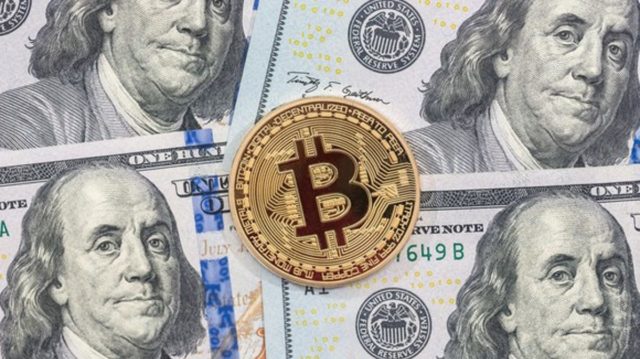With the perception of increased fiscal risk, the financial market is demanding higher interest rates to buy long-term government bonds, as happened at the end of Dilma Rousseff’s first term, when the former president was seeking reelection.
These rates are today at the highest level of the government of President Jair Bolsonaro (PL), who is seeking reelection. This Tuesday (5th) the National Treasury agreed to pay interest of 6.17% to sell its papers linked to the IPCA, the NTN-Bs, maturing in 40 years – the longest in the domestic public debt.
At the beginning of the Bolsonaro government, in January 2019, rates were at 4.76%. They even dropped to a level closer to 3% at the end of the same year with the approval of the Social Security reform.
At the end of 2014, the eve of Dilma’s inauguration for the second term, due to the market’s distrust regarding the sustainability of public accounts, the rates on bonds with a similar term were also at 6.17%.
Yesterday, papers with short and intermediate maturities were also sold at much higher rates to the Treasury in the face of the threat of inclusion in the Proposed Amendment to the Constitution (PEC) “Kamikaze” of an additional increase in spending – already estimated at R$ 41 billion off the ceiling. For the investor, this increase in the remuneration paid by the government to finance itself is an opportunity.
The real interest rates (excluding inflation) of papers with long maturities are an indicator of investors’ confidence in the country’s future, as they show a scenario far beyond the current Selic high cycle. Current long interest rates indicate that investors seem to have the same distrust at the time of the end of Dilma’s first term.
For the chief strategist of Renascença DTVM, Sérgio Goldenstein, both the interest rate and foreign exchange markets have been reflecting the impact of the PEC, which pierces the spending ceiling, reached for the second time in less than seven months. As interest rates, the dollar also rose (closed the day at R$5.38, up 1.19%) and the Brazil risk.
Economist Silvio Campos Neto, from Tendências Consultoria, says that, despite the challenges in the international scenario, common to all countries, the processing of the “PEC Kamikaze” has made the risk perception of Brazil in the eyes of investors grow more, in comparison with other emerging ones.
The country risk, measured by the Credit Default Swap (CDS), soared in recent days and reached 302 points this Tuesday (5th). The average for Chile, Mexico, Colombia and Peru is 180.
According to Goldenstein, who was head of the Open Market Operations Department at the Central Bank (BC), part of the increase in interest rates in the futures market and in Treasury auctions is due to the ongoing policy of an increase in the Selic rate and another, to the worsening of the perception of fiscal risk in Brazil. “Long interest rates should be much less affected by monetary policy, and they moved much higher due to the increased perception of worsening fiscal risk”, he assesses.
Goldenstein points out that the fiscal worsening is more serious now than it was at the end of last year, when Congress approved the PEC of Precatórios. The economist rejects the Bolsonaro government’s argument that excess revenue would compensate for the hole in the ceiling.
“The idea of the ceiling is just the opposite: that at times of increased collection there is a better fiscal result to compensate for periods of worse collection, with a weaker economy”, he says. The information is from the newspaper. The State of São Paulo.
Source: CNN Brasil
I am Sophia william, author of World Stock Market. I have a degree in journalism from the University of Missouri and I have worked as a reporter for several news websites. I have a passion for writing and informing people about the latest news and events happening in the world. I strive to be accurate and unbiased in my reporting, and I hope to provide readers with valuable information that they can use to make informed decisions.






